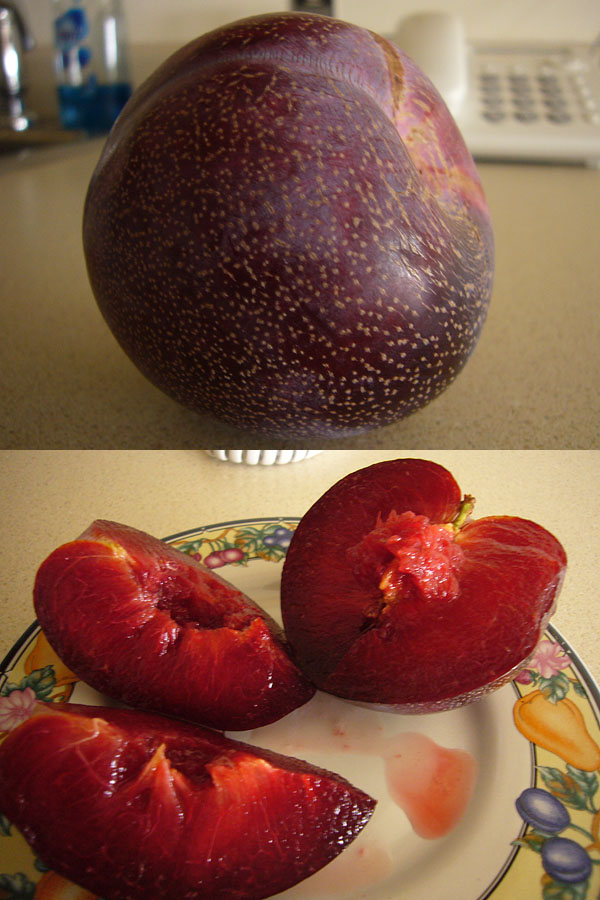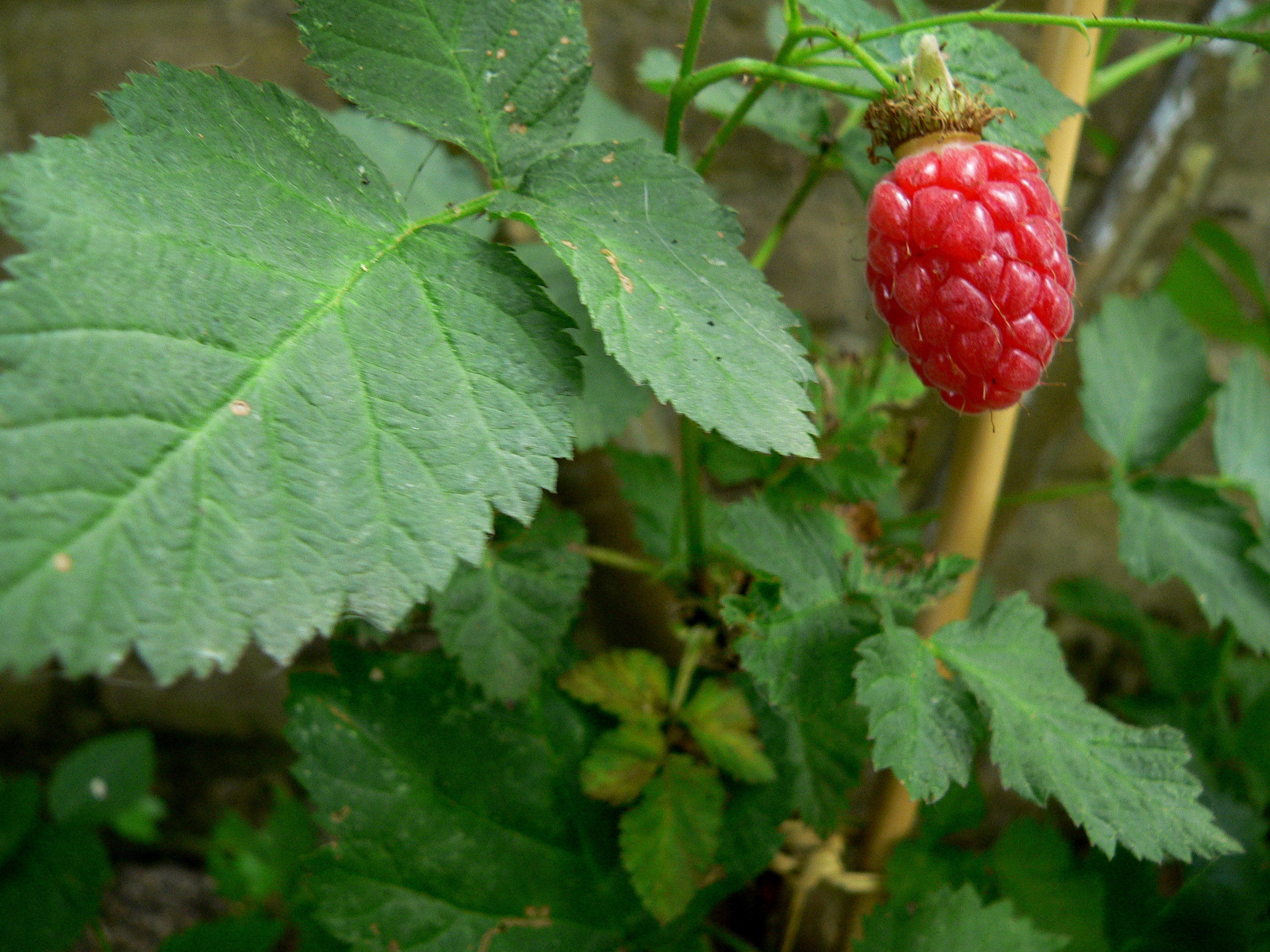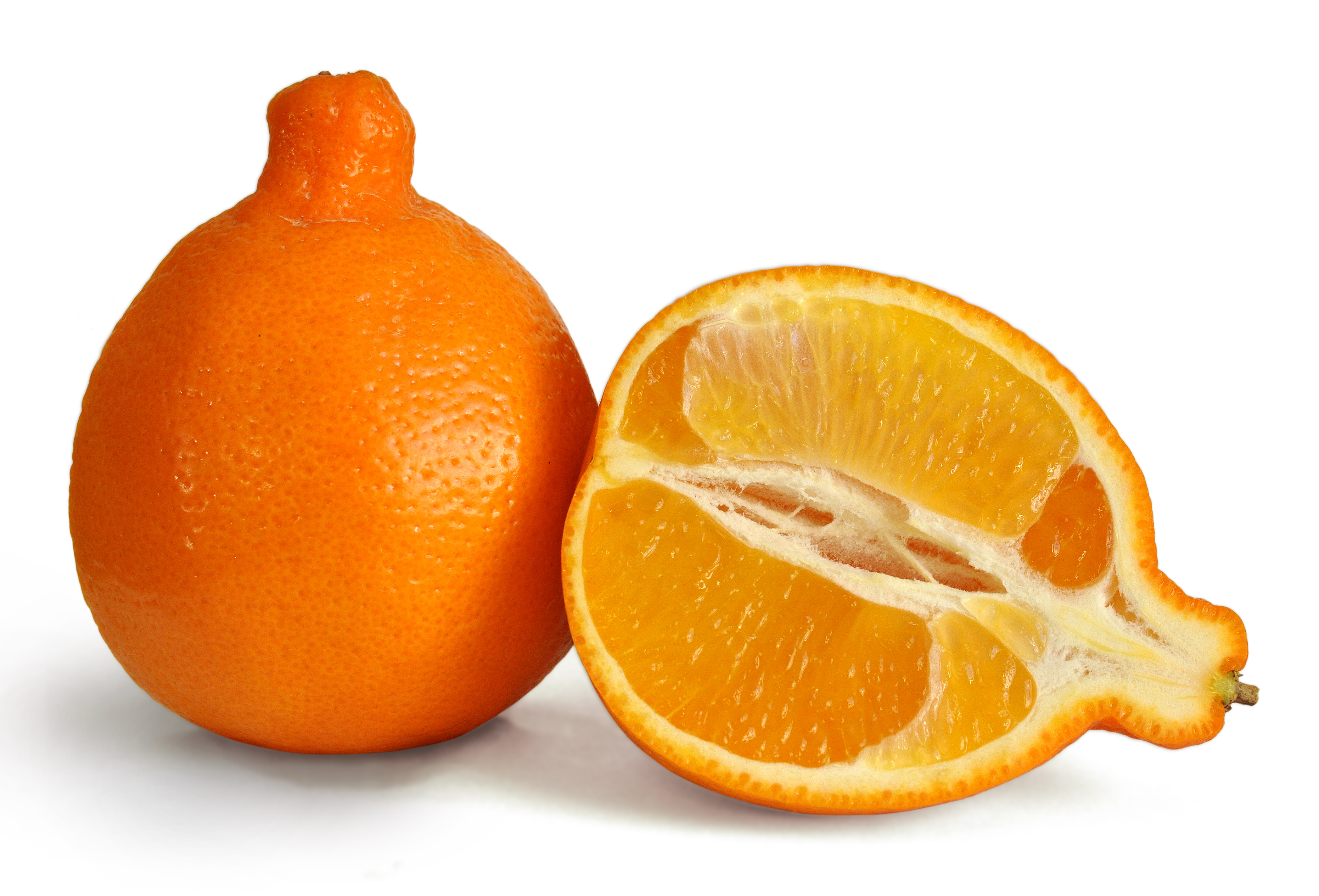4 frutas híbridas / 4 hybrid fruits
4 frutas híbridas.
4 hybrid fruits.
- Frutas creadas por polinización cruzada de especies diferentes.
- Fruits created by cross-pollination of different species.
Las frutas híbridas son creadas por los agricultores o en la naturaleza, al transferir el polen de una especie de planta al estigma de otra. Estas especies híbridas, además de nuevos sabores, pueden tener algunas ventajas como mejor resistencia a algunas enfermedades que las especies originales (González, 2019; Piñango, 2018; El Huffington Post, 2013; González, 2009). A continuación, les dejamos 4 frutas que son resultado de la hibridación:
Hybrid fruits are created by farmers or in the wild, by transferring pollen from one species of plant to the stigma of another. These hybrid species, in addition to new flavors, may have some advantages such as better resistance to some diseases than the original species (González, 2019; Piñango, 2018; El Huffington Post, 2013; González, 2009). Next, we leave you 4 fruits that are the result of hybridization:
1) Pluot:
Se da por el cruce entre ciruelas (Prunus salicina) y
albaricoques o damascos (Prunus armeniaca) se caracteriza por su sabor intenso.
It is given by the cross between plums (Prunus salicina) and apricots or apricots (Prunus armeniaca) is characterized by its intense flavor.
BMRR, CC BY-SA 3.0 <https://creativecommons.org/licenses/by-sa/3.0>, via Wikimedia Commons
2) Pineberry:
Es producto del cruce entre la fresa común de Virginia (Fragaria virginiana)
y una variedad de fresa chilena (Fragaria chiloensis) que se encuentra en Hawái (Estados
Unidos) y Chiloé (Chile). Se caracteriza por su color blanco y por su sabor parecido
a la piña.
It is the product of a cross between the common strawberry of Virginia (Fragaria virginiana) and a variety of chilean strawberry (Fragaria chiloensis) found in Hawaii (United States) and Chiloé (Chile). It is characterized by its white color and its flavor similar to pineapple.
Emmbean, CC BY 3.0 <https://creativecommons.org/licenses/by/3.0>, via Wikimedia Commons
3) Tayberry:
Se da por el cruce entre la mora (Rubus fruticosus) y la frambuesa
(Rubus idaeus). Se caracteriza por su sabor dulce.
It is given by the cross between the blackberry (Rubus fruticosus) and the raspberry (Rubus idaeus). It is characterized by its sweet taste.
Jean-Luc Toilet, CC BY-SA 2.0 <https://creativecommons.org/licenses/by-sa/2.0>, via Wikimedia Commons
4) Tangelo:
Es producto del cruce entre el pomelo (Citrus paradisi) y la
mandarina (Citrus reticulata). Se caracteriza por tener un sabor más dulce que
la mandarina.
It is the product of the cross between the grapefruit (Citrus paradisi) and the tangerine (Citrus reticulata). It is characterized by having a sweeter flavor than tangerine.
Amada44, CC BY 3.0 <https://creativecommons.org/licenses/by/3.0>, via Wikimedia Commons
Referencias / References:
El Huffington Post. (2013). Los híbridos de fruta más
increíbles. https://www.huffingtonpost.es/2013/08/07/hibridos-fruta-increibles_n_3718797.html
González, T. (2009). Las 3 frutas híbridas más
extraordinarias. LaReserva.com. https://www.lareserva.com/frutas_hibridas_extraordinarias
González, I. (2019). Qué son las frutas híbridas y por qué
debes consumirlas. HolaDoctor. https://holadoctor.com/es/alimentaci%C3%B3n-saludable/qu%C3%A9-son-las-frutas-h%C3%ADbridas-y-por-qu%C3%A9-debes-consumirlas
Piñango, I. (2018). La fresa
albina y otras frutas híbridas muy curiosas y nutritivas. El Ciudadano. https://www.elciudadano.com/salud/fresa-albina-y-otras-frutas-hibridas-muy-curiosas-y-nutritivas/08/10/
Cómo citar este artículo:
Nocetti, F.A. (2022). 4 frutas híbridas. NabbuBlog. http://nabbublog.blogspot.com/2022/01/4-frutas-hibridas-4-hybrid-fruits.html
How to cite this article:
Nocetti, F.A. (2022). 4 hybrid fruits. NabbuBlog. http://nabbublog.blogspot.com/2022/01/4-frutas-hibridas-4-hybrid-fruits.html
Nocetti, F.A. (2022). 4 frutas híbridas. NabbuBlog. http://nabbublog.blogspot.com/2022/01/4-frutas-hibridas-4-hybrid-fruits.html
How to cite this article:
Nocetti, F.A. (2022). 4 hybrid fruits. NabbuBlog. http://nabbublog.blogspot.com/2022/01/4-frutas-hibridas-4-hybrid-fruits.html




